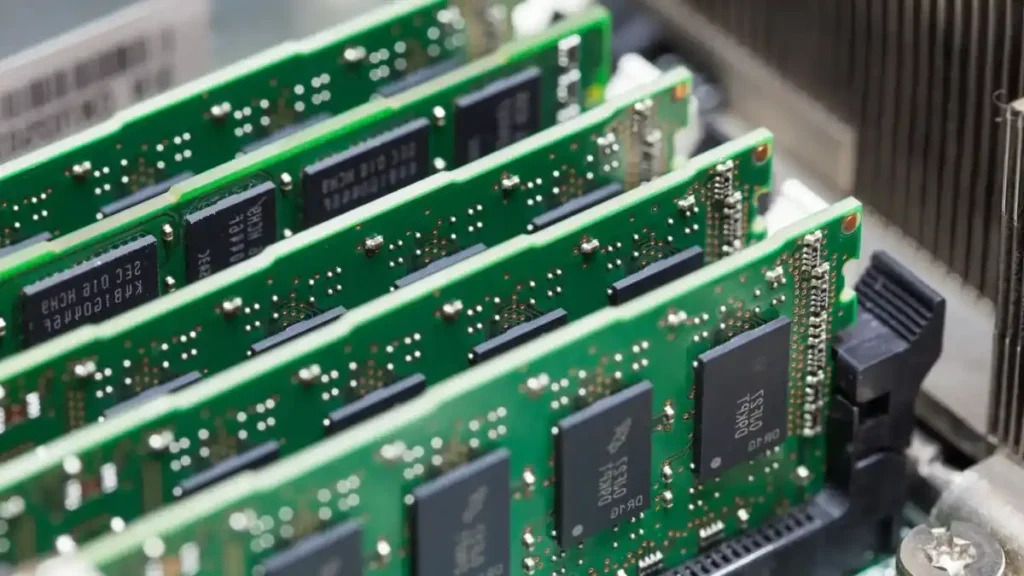DDR RAM, short for Double Data Rate Random Access Memory, is a type of computer memory that offers improved data transfer rates compared to its predecessors. DDR became widely adopted in the late 1990s and early 2000s, revolutionizing the performance of computer systems.
Difference between SDRAM and DDR
DDR RAM operates by transferring data on both the rising and falling edges of the clock signal, effectively doubling the data transfer rate compared to traditional Single Data Rate (SDR) RAM. This means that DDR can transmit data twice per clock cycle, leading to faster and more efficient data access.

There have been several iterations of DDR RAM, each offering increased speeds and improved performance. The notable versions include DDR, DDR2, DDR3, and DDR4, with each subsequent generation providing faster data rates, higher bandwidth, and improved power efficiency.
DDR modules are characterized by their pin count and clock speed. They are designed to be compatible with specific motherboard slots, such as DIMM (Dual In-line Memory Module) slots. The most common DDR RAM modules include DIMM and SODIMM (Small Outline DIMM) modules, which are used in desktop and laptop computers, respectively.
Upgrading to DDR RAM
Upgrading to DDR RAM modules can significantly enhance a computer’s overall performance. The increased data transfer rates and larger bandwidth allow for smoother multitasking, faster application loading times, and improved system responsiveness. However, it’s important to ensure that the motherboard supports the specific DDR generation before upgrading.
As technology advances, DDR5 RAM has emerged as the latest iteration of DDR memory. It offers even higher speeds, increased memory capacities, and improved power efficiency, providing further performance gains for the latest computer systems.
The standard choice
DDR RAM has become the standard memory choice for modern computers, powering a wide range of applications, from gaming and multimedia tasks to demanding professional workloads. Its efficiency and speed have made it an indispensable component in delivering optimal performance in today’s computing landscape.
To learn more about the latest RAM technology visit Kingston’s website.
